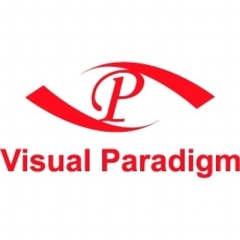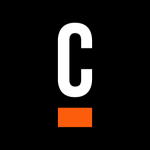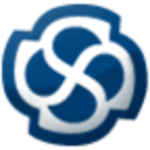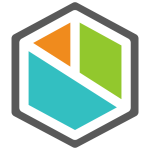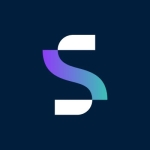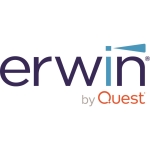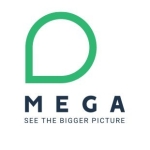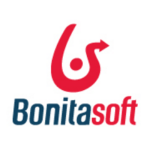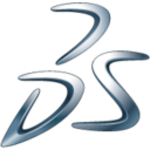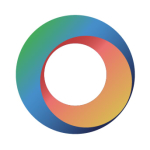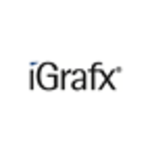One tool for everything which provides all the features you need for an Enterprise Architecture and Solution Architecture.
Wide language coverage for architecture modeling, system design, and software development, e.g., ArchiMate, UML, BPMN, SysML, SoaML, CMMN, ERD, and ORM.
Methodology incorporated in the tool through guides: Zachman, TOGAF ADM with Documentation Cabinet (new from version 14), and Business Motivation Model.
Support for model requirements management, a tool for textual analysis, business concept diagram, and glossary grid.
Intuitive tool control for model creation:
- Simple dragging of elements and links from the menu to the model.
- Context menu whose functions are specific to the element type or bindings in the model.
- Resource Navigator that supports the syntax of a given modeling language.
- Element/relation reference: any file/folder, URL, shape, reference to another element.
- Set of transit To/From (any diagrams), best to facilitate navigation in a complex model.
- Custom TAGs (Element Labels with Values, many Attributes Types).
- Stereotypes (metadata, TAGs, +graphic visualization).
- Specific repository views: Navigator chart, Model explorer, Class repository, Logical view.
ORM: Reverse/code generation (Java classes, Hibernate, database (SQL including DDL, test data generation, 19 vendors DB) - application and data migration is a easy when you know how to do it.
Repository:
- Local: File system (multiple workspaces)
- Server:
- On-premise Team Work Server (TWS purchased separately) with access from the Internet.
- Cloud VPository (1GB free, thin editor for some types of models).
Robust: No problem with a large number of elements and links in the model (verified on large projects with hundreds of diagrams and tens of thousands of elements and links)
OpenAPI: Very well documented, the ability to create custom plugins or applications for integration into a comprehensive solution.
Document Generator: PDF, HTML, DOC that you can customize to your needs (easy use of DOT templates in Word), order and topicality of documentation is the basis of the work of an architect
Interoperability: Export/import (16 formats) such as Excel, XML, XMI, OGAMEFF...this is very important: openness, not closing yourself off.
Tiny, but important details: Language localization, matrix/chart for analysis, overview diagrams, mind maps, brainstorming tool, visual layers in the model, teamwork comments, rights and permissions within the project - important for specific requirements, never work yourself.
Understanding the current state of enterprise architecture, incentives for: changes, backgrounds for strategy, cost savings, and process optimization.
The speed of redrawing elements and links in complex models - When you need to move part or all of the diagram across the diagram, the tool has a slow response when redrawing objects.
Analytic functions/graphs, like BizzDesign - powerful analyses and visualizations for different stakeholders, use heat maps, charts and graphs to highlight business-relevant data in architecture
8/8/2017 EDIT: Export in OGAMEFF format has bugs.
We have been using this solution for five years.
There were no stability issues. Just the little things that were patched.
There were no scalability issues. The client tool does not have extremely high-performance requirements, but a solid workstation/notebook is needed. In other words, SSD, with at least 2GB of RAM. Mainly, it wants a big monitor or two.
The server repository runs smoothly (>two core), with the appropriate disk space to store models (tens to hundreds of MB).
Customer Service:
Standard level: User's Guide, Forum, Know-how, and FAQ.
Technical Support:
The technical support level is good. Their response time is excellent (hours). They can do a patch in a few days and bigger changes in the release update which can take weeks or months.
I did not use a different solution before. I had no reason to switch to another tool due to lack of functionality.
It was a usual installation. The initial setup of the tool can be difficult for the novice. It requires an orientation in a number of options and concepts that are not trivial
Depending on how it is used, it is generally possible to speak about months.
Obtain a floating license for a client tool, because not everyone is working with the tool all the time
In case of team use, consider sharing a shared repository: Teamwork Server (bigger investment). Think about what edition of the tool you need. These involve greater price differences
Evaluated Sparx EA, PowerDesigner, and Visio.
Experience - Go for a trial version.

